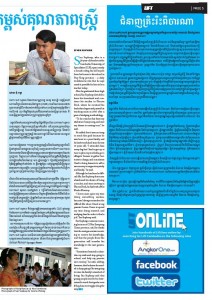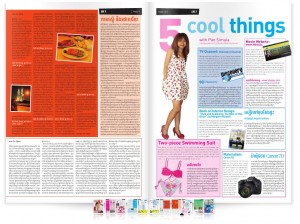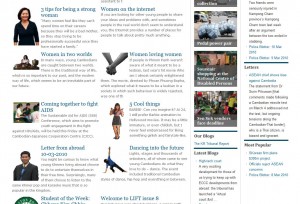Wednesday, 07 April 2010 15:00 Sophan Seng

April is a busy month for Cambodians all over the Khmer diaspora since Khmer New Year is fast approaching. Since the holiday is not recognised by governments in foreign countries, Cambodians living abroad must wait for the weekend to celebrate the holiday. Some communities celebrate the holiday at Buddhist temples, but more often than not, people celebrate the new year in public halls or other rented spaces.
While the location of the celebration may not be familiar to many Cambodians, the events themselves have changed little among Cambodians living abroad. Go to a Khmer New Year celebration in Canada and you are likely to see authentic food, religious ceremonies, popular games, and traditional arts and entertainment.
The thing that always impresses me most is the beauty of the women wearing traditional Khmer outfits. The graceful appearance of Khmer women and their styles of dress have remained intact. “I have always worn traditional Khmer outfits to attend Khmer festivals, wedding ceremonies and traditional gatherings,” said Kimleine, who has been living away from Cambodia since she was a toddler.
I would say that every Khmer family I know has plenty of traditional clothes for such events. Peddlers display different styles of Khmer cloths every time a cultural event is upcoming.
“I like the style a lot, especially Khmer traditional outfits for weddings,” said Kimleine.
Continue reading





